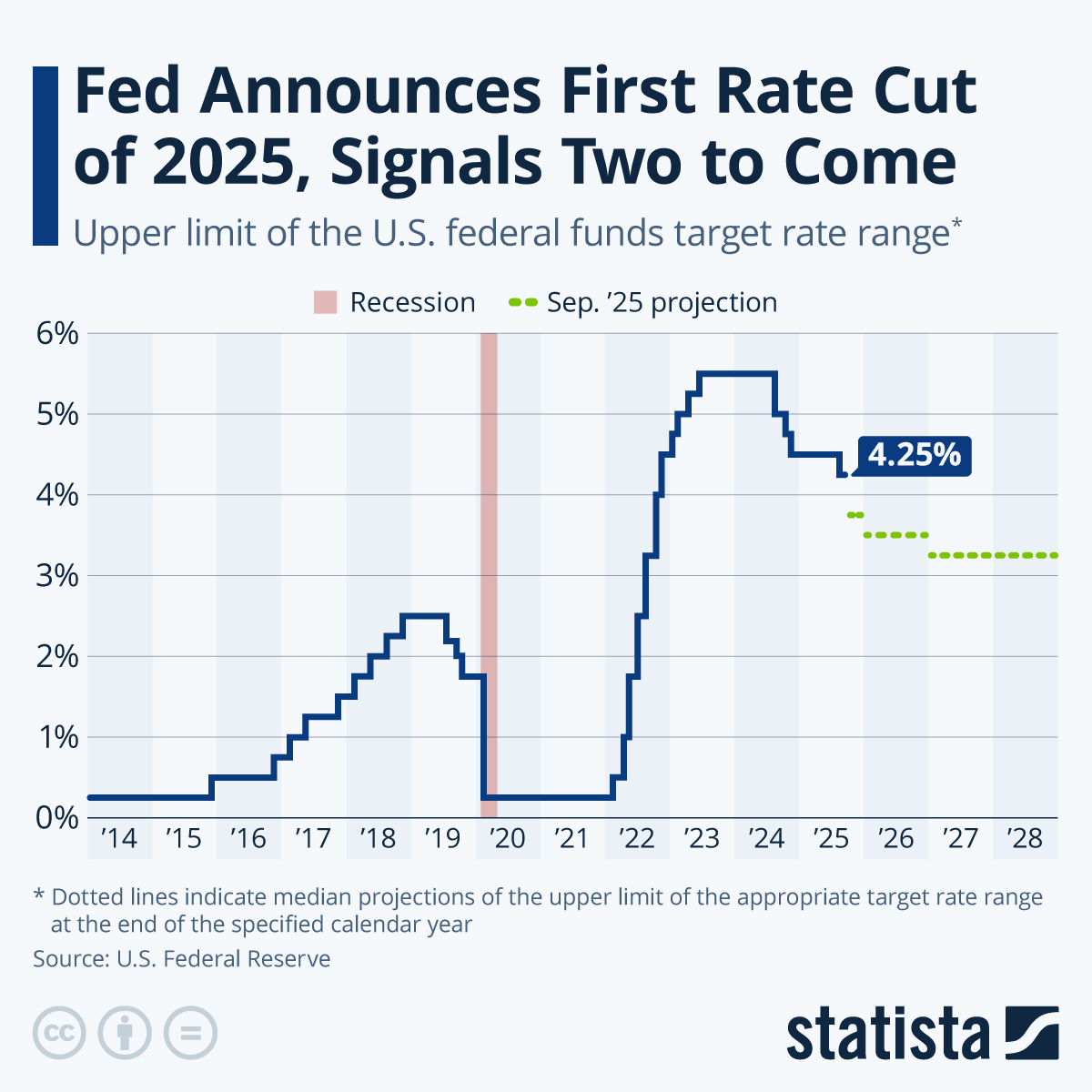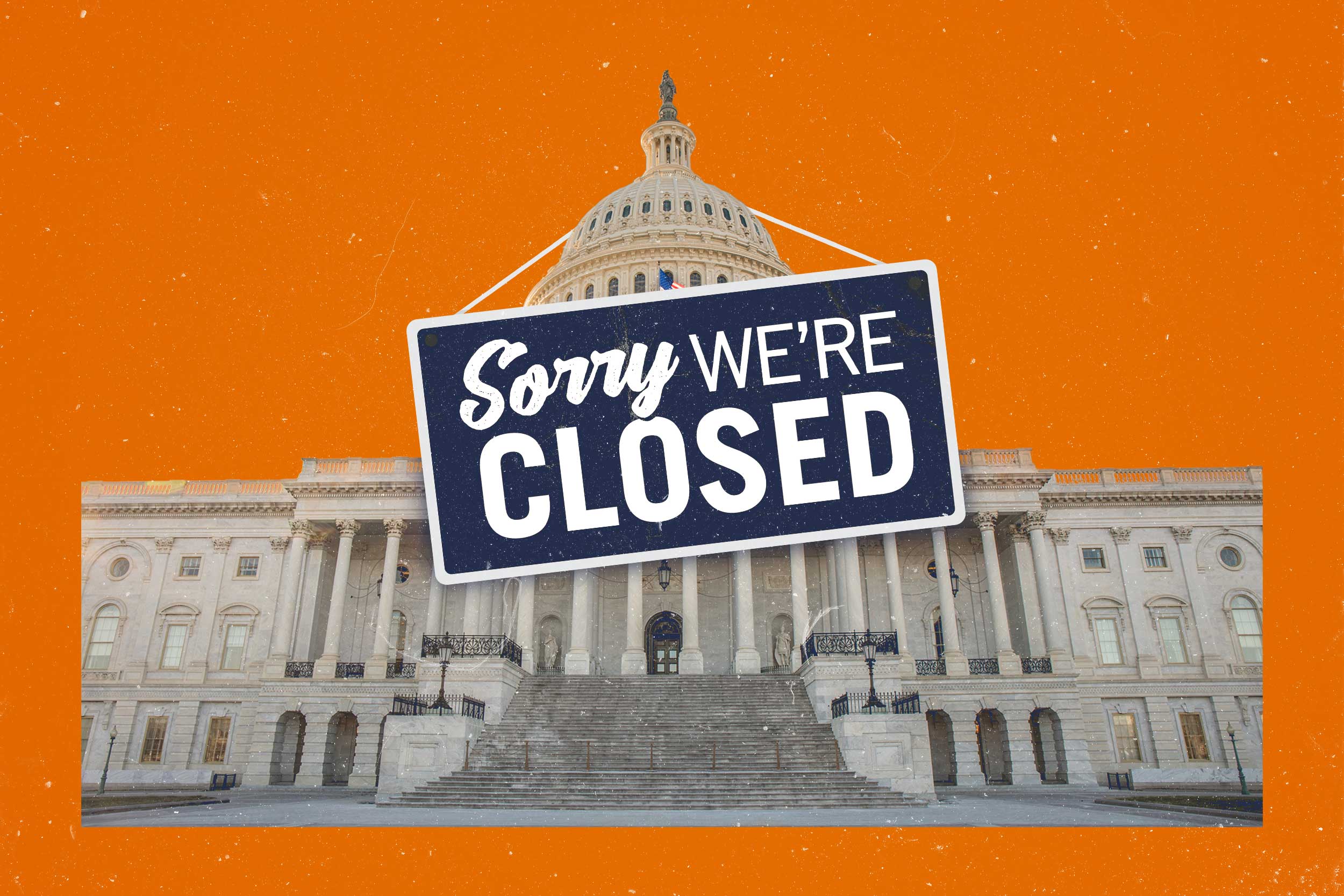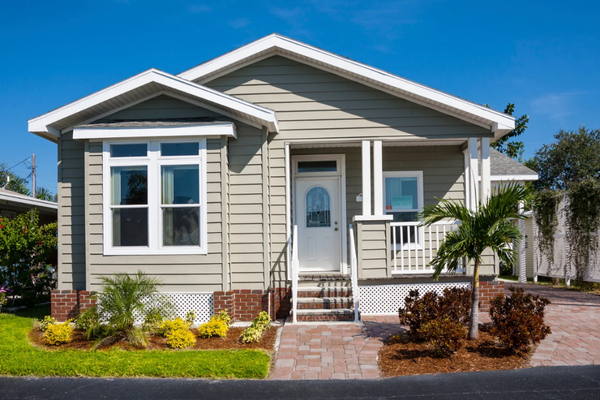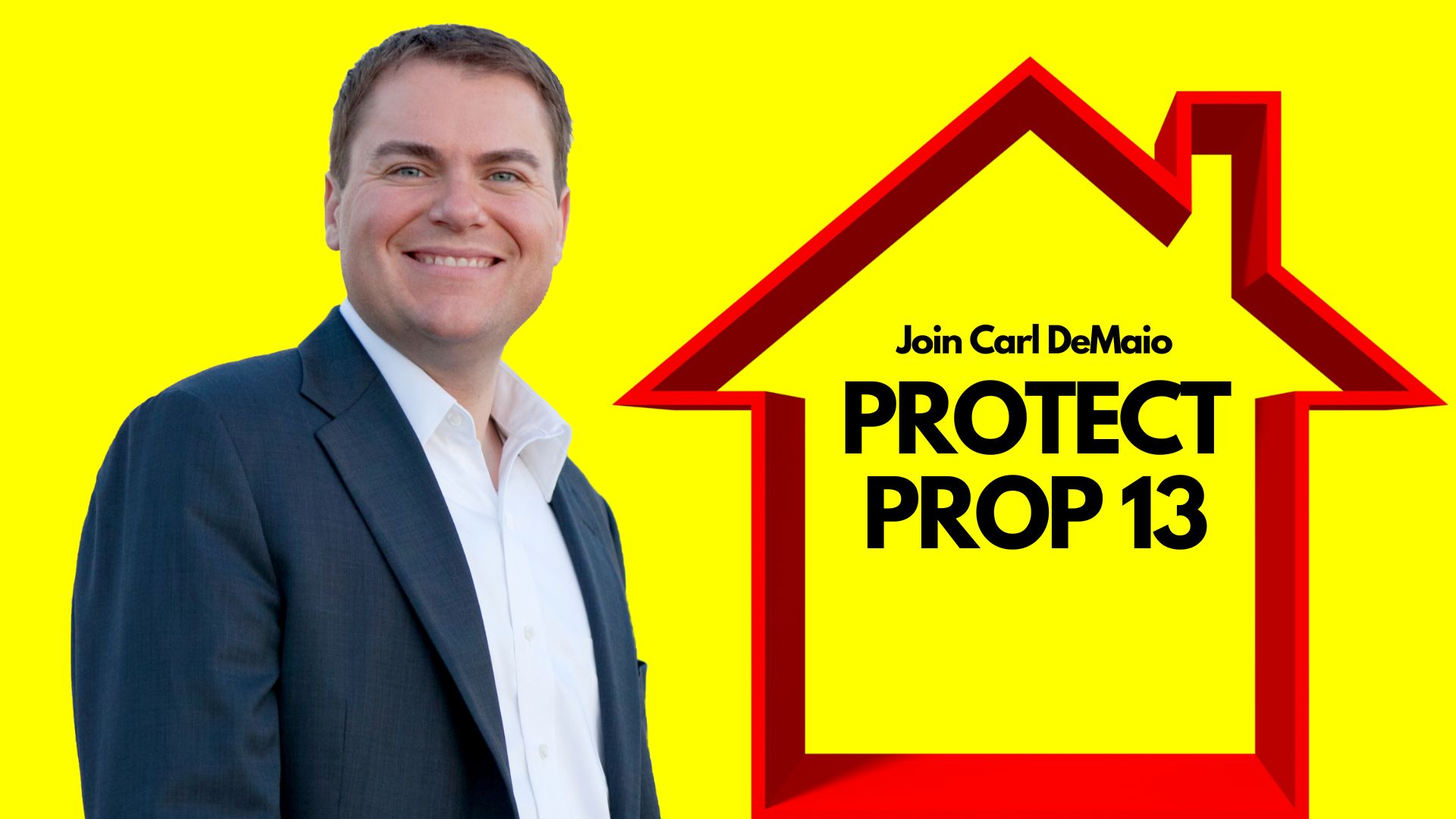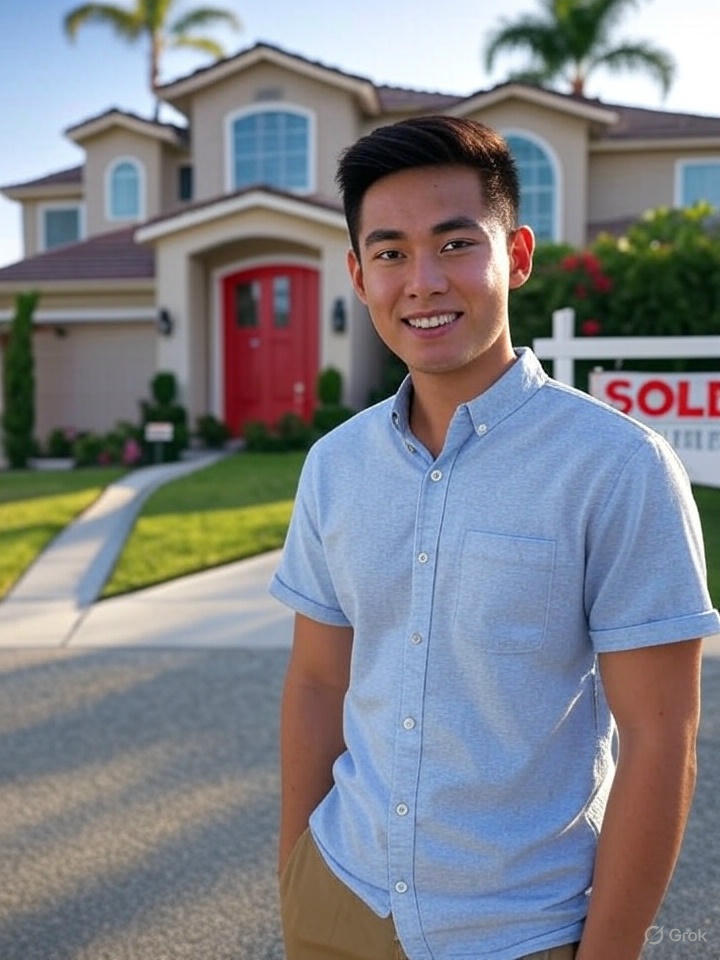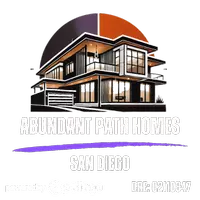Why Properly Pricing Your Home is Key to Attracting Maximum Buyer Attention
Why Properly Pricing Your Home is Key to Attracting Maximum Buyer Attention
In the competitive world of real estate, setting the right listing price for your home isn't just a numbers game—it's a strategic decision that can make or break your sale. Pricing too high might seem like a way to leave room for negotiation, but it often leads to your property languishing on the market, scaring off potential buyers, and ultimately fetching less than it deserves. On the flip side, pricing it correctly—or even slightly below market value—can generate a buzz, draw in crowds of interested parties, and spark bidding wars that drive the final sale price upward. As of 2025, with inventory rising and more sellers than buyers in many markets, getting this right is more important than ever. Let's dive into why proper pricing matters and explore the data on how it impacts buyer interest.
The Pitfalls of Overpricing: Fewer Eyes, Longer Waits, and Lower Offers
One of the biggest mistakes sellers make is overpricing their home, often based on emotional attachment, outdated comps from hotter market periods, or a desire to "test the waters." But the data shows this approach backfires spectacularly. Overpriced listings receive far less attention from buyers, who are quick to scroll past properties that seem out of reach.
For instance, homes priced at or below market value attract 50% more showings than those priced above market. Showings are a critical metric of buyer interest—they represent real people walking through your door, envisioning themselves living there. Fewer showings mean fewer offers, and that translates to a longer time on the market. According to recent studies, homes priced 10% above market value take an average of 68 days longer to sell compared to accurately priced ones. In 2025, with national inventory up 14.1% year-over-year and 44% of listings sitting for 60 days or more (the highest since 2020), overpricing exacerbates this issue, turning your home into "stale" inventory that buyers perceive as flawed or overvalued.
The financial hit is real too. Over time, overpriced homes often require price reductions, which signal desperation to buyers and invite lowball offers.
Homes that get offers quickly (within 10 days) sell for 104% of the original list price on average, while those lingering beyond 60 days fetch just 97%. Nationally, homes needing price reductions in 2024 sold for 4-6% less than their initial asking price. In buyer-heavy markets like today—where there are 33.7% more sellers than buyers overall—overpricing can cost you thousands.
The Power of Pricing at or Below Market: Drawing in the Crowds
Conversely, pricing your home correctly maximizes exposure and urgency among buyers. Most buyers search online using price filters, so aligning with market value ensures your listing pops up in more searches. But to really amp up attention, consider the "pricing pyramid" strategy, which illustrates how your asking price influences the pool of potential buyers:
- Priced 10-15% above market value: Only about 10% of active buyers will consider your home. This narrow pool leads to minimal interest, fewer showings, and a higher risk of no offers at all.
- Priced at market value: Around 60% of buyers will take notice. This is a solid sweet spot for balanced markets, leading to steady showings and competitive offers. In 2024, the typical home sold for 100% of its list price when priced accurately.
- Priced 10-15% below market value: This attracts 75-90% of buyers, creating a surge in interest. The strategy often results in multiple offers and bidding wars, pushing the final sale price higher—sometimes even above market value. For example, one home priced 15-20% below market drew intense competition and sold for 20% above its true value.
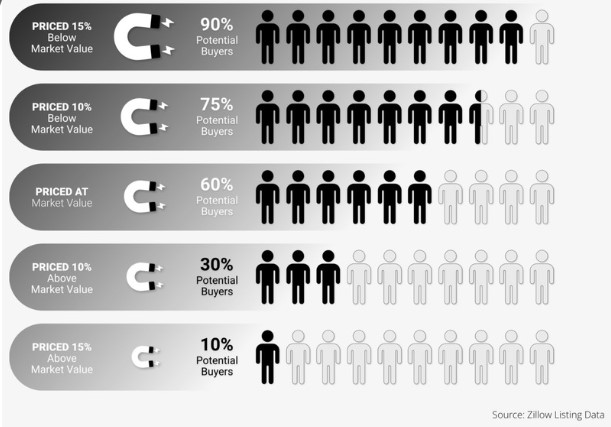
This pyramid underscores a key truth: lower pricing doesn't mean settling for less; it means generating excitement. Accurately priced homes get 3-5 offers on average, while overpriced ones might get none. In fact, 27% of sellers in 2024 achieved above-list-price sales, often because their initial pricing drew in eager buyers quickly.
Why Attention Matters in Today's Market
With mortgage rates hovering around 6-7% and home prices up 1.2% year-over-year as of July 2025, buyers are more selective than ever. They're using tools like online estimators and agent advice to spot value, and 97% start their search on the internet. A properly priced home stands out, gets more clicks, views, and foot traffic—translating to faster sales and better terms. In contrast, overpriced properties not only miss out on this initial wave but also face stigma as days on market pile up.
Final Thoughts: Partner with a Pro for Pricing Success
To maximize attention and your bottom line, start with a comparative market analysis (CMA) from a local real estate agent. They'll factor in recent sales, current trends, and your home's unique features to set a price that draws buyers in without leaving money on the table. Remember, the goal isn't the highest list price—it's the highest sale price. In a market tilting toward buyers, proper pricing isn't optional; it's essential for a successful, stress-free sale. If you're ready to list, consult an expert today and watch the interest pour in.
Looking to Buy or Sell a Home, hit me up at darel@abundantpathhomes.com
Categories
Recent Posts

